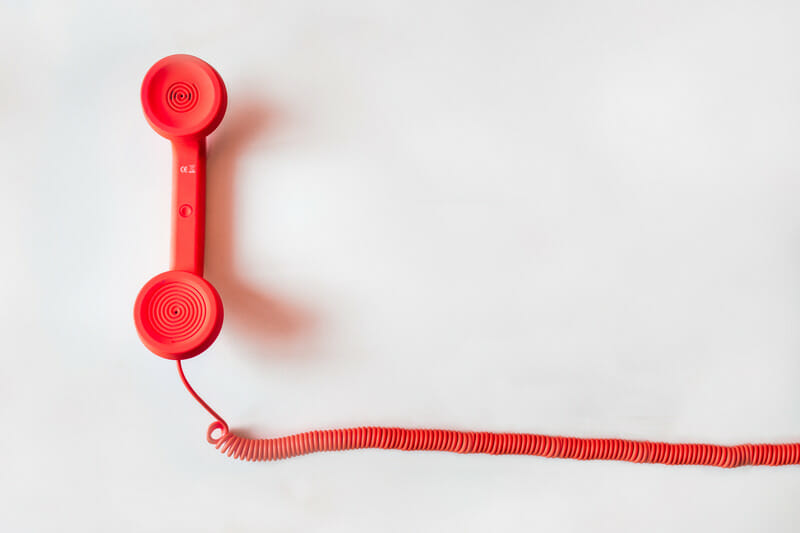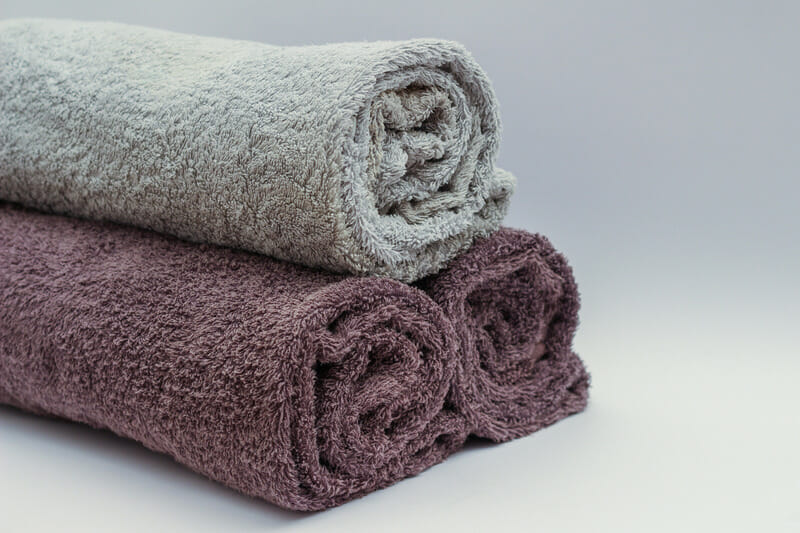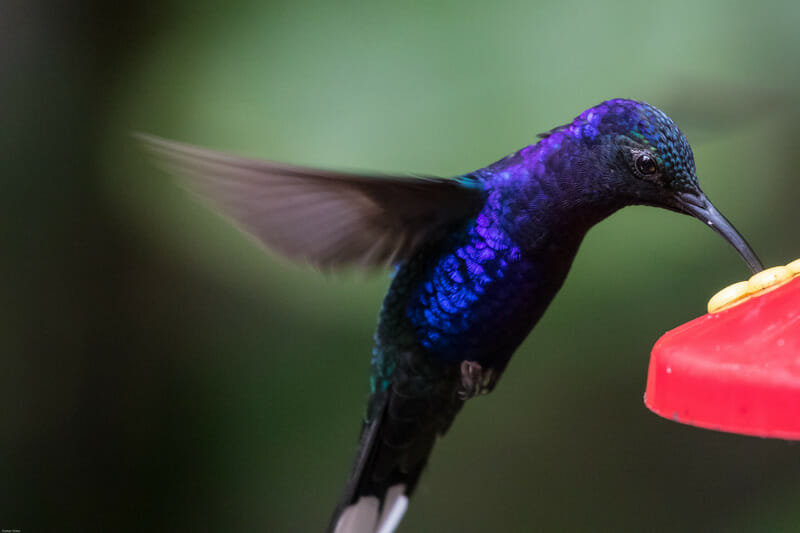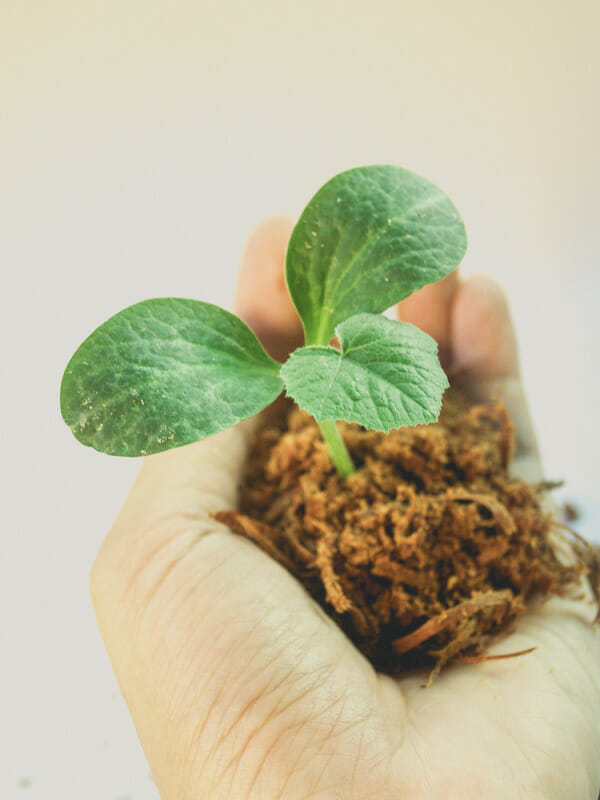With approximately 18.6 million hectares (46 million acres) of land burned by the bushfires across Australia, it comes as no surprise that over 1.25 billion animals have been tragically killed, gravely injured, or displaced from forests and reserves that they consider home. Minister of the Environment Sussan Ley estimates that in New South Wales alone, about 8,400 koalas perished from the mid-north coast bushfires.
Even if the NSW blazes are now officially contained, koalas, kangaroos, wallabies, kookaburras, and other native animals continue to face imminent threat. Some are even at risk of extinction. (Find out which animals are considered threatened species.) These voiceless creatures need our assistance and support, whether during a bushfire emergency or long after the fires have been put out. Here’s how you can help:
1 Call experts for advice.
If you come across an injured or orphaned animal, call your local wildlife rescue service so the animal can be rescued by trained specialists or they can teach you how to assist the animal in the best way. Wild animals can scratch or bite when they’re frightened or hurt, so it’s best to keep a safe distance. Well-intentioned people are advised to stay away from snakes, monitor lizards, flying foxes, microbats, kangaroos, wallabies, eagles, falcons, and hawks.
Wildlife Information, Rescue and Education Service Inc. (WIRES) presents a list of regional branches you can contact immediately, so you can call to describe the animal’s physical condition and get advice on what to do. If you’re unsure about how to deal with a particular animal, check out this wildlife information guide.

2 Check for paint marks or ribbons.
If you find paint marks or ribbons over the injured animal, it means the animal has already been attended to by a wildlife rescue volunteer. Approach the animal carefully if he has no visible paint marks or ribbons.
3 Remove immediate threats.
Exercise caution when approaching an injured animal. Quietly assess the animal’s situation. Take away people, pets, children, or objects that could cause him additional stress or harm.
4 Place the injured animal in a warm, dark, and quiet place.
Wear durable gloves if you plan on holding injured wildlife. Keep him away from your face and be cautious of his beak, claws, horns, and/or teeth. Before taking him to the veterinarian or waiting for rescue assistance to arrive, WIRES advises wrapping him loosely in a towel or blanket (burnt animals should be wrapped in towels ideally made of 100% cotton), and placing the injured animal inside a ventilated box with cover. Wash your hands afterwards.
Stash extra gloves, clean towels or blankets, and cardboard boxes in the trunk of your car in case you encounter an injured animal on the road. If you come across a dead marsupial, check the pouch for a living joey. Gently touch its belly and search for movement or bulkiness.

5 Refrain from giving food or water.
Unless instructed by a veterinarian or wildlife rescue expert, do not feed or give water to the injured animal. The wrong food might cause choking, aspiration pneumonia, and other digestive complications.
6 Wait for medical assistance or, if necessary, provide transport to the nearest vet.
Try to keep the animal as relaxed as possible in a warm, dark, and quiet place while waiting for wildlife professionals to arrive and treat the injured animal.
If recommended by experts to do so, take the animal to the closest veterinary clinic or wildlife hospital so they can be assessed immediately. During the ride, switch off the radio and refrain from talking to reduce noise-related stress. Also, inform WIRES where you’ve taken the injured animal, so they can bring the animal into their care at the appropriate time.
7 Leave something for fleeing or starving animals to drink and eat.
Animals fleeing from a bushfire may appreciate a sip of fresh, clean water. Put durable water buckets and bowls outdoors under the shade, with sticks or stones on one side of the bowl to assist smaller animals to step out in case they fall in. Water in buckets hoisted up in trees can also be a treat for arboreal animals. Remember to change the water daily, and do not put electrolytes or sugar in water sources as these can be harmful to wildlife.
For people with pools in their backyard, make sure that animals can safely make their way out of it. WIRES recommends draping something over the edge of the pool which animals can grab hold of, such as a heavy duty rope or a flotation device that is secured at one end to something heavy outside the pool. The object should not absorb water and can be something exhausted animals can rest on. Aside from this, place bricks or large stones on every pool step to help animals step out easily. Check your pool and skimmer box twice a day.
Though feeding native animals is not usually recommended, WIRES makes an exception during this time of crisis as a short-term solution. Check this list of natural diet you can place in your backyard for animals to eat until the natural habitat begins to recover. The NSW Government also shares a comprehensive guide of suitable foods for each animal, and tips on how and when to feed the animals correctly. Make sure to follow the guidelines from your state, and connect with local wildlife authorities to gain proper advice and approval. (Visit Wildlife Health Australia for more information.)
As a general rule, clean and dry the food containers after every meal. Wash your hands before and after you clean them. Regularly transfer food container locations to reduce predatory risk. Provide supplementary food as close to the natural diet as possible, and never give processed food with artificial sweeteners. After feeding, remove uneaten food to prevent diseases and unwanted pests. Slowly phase out supplementary nourishment stations as habitat conditions improve, so that wildlife do not grow dependent on these water and food sources.

8 Take pets with you.
Prepare a bushfire relocation plan for your pets. Bring them along when you evacuate, or choose to relocate them to a safe area. Keeping your pets contained will allow wildlife animals to flee safely through your property if needed.
During a bushfire emergency, keep domestic animals under control by placing them in a secure space with a steady source of water. Minimise their exposure to smoke and fire. If your pet has been exposed to smoke or ash, give him a bath and check for ash by running your hands through his coat and his paws. Also, look out for any changes that might have been brought about by the heat, smoke, or ash. Call your veterinarian if you observe any symptoms.
9 Make a donation.
Donate to well-known animal welfare charity groups (such as the Royal Society for the Prevention of Cruelty to Animals, World Wide Fund for Nature, and WIRES) or support your local organisations that aim to rescue and rehabilitate injured wildlife. Visit the National Bushfire Agency to see the complete list of DGR-endorsed, registered groups.
10 Plant trees.
Once the bushfires are over and the soil is ready for plantation, you can help rebuild the homes of wildlife by replanting trees for shelter and nourishment. Plant trees and shrubs in your backyard, join tree planting activities in your community, become a tree ambassador, or adopt a tree for long-term habitat restoration.

Be a responsible wildlife rescuer. Refrain from walking into active bushfires and attempting to save injured native animals without proper knowledge and training. Your safety, as well as the animals’ safety, is of utmost importance. Instead, stay alert and call local wildlife authorities when you encounter distressed, injured, or orphaned animals, so that highly trained experts and experienced volunteers can rescue and rehabilitate them. As keeping wild animals is against the law, be sure to turn over injured native animals under your care to local wildlife organisations.
Protect the planet by reading more posts on our blog on climate change and wildlife conservation.
Leave a comment
Your email address will not be published. All fields are required.